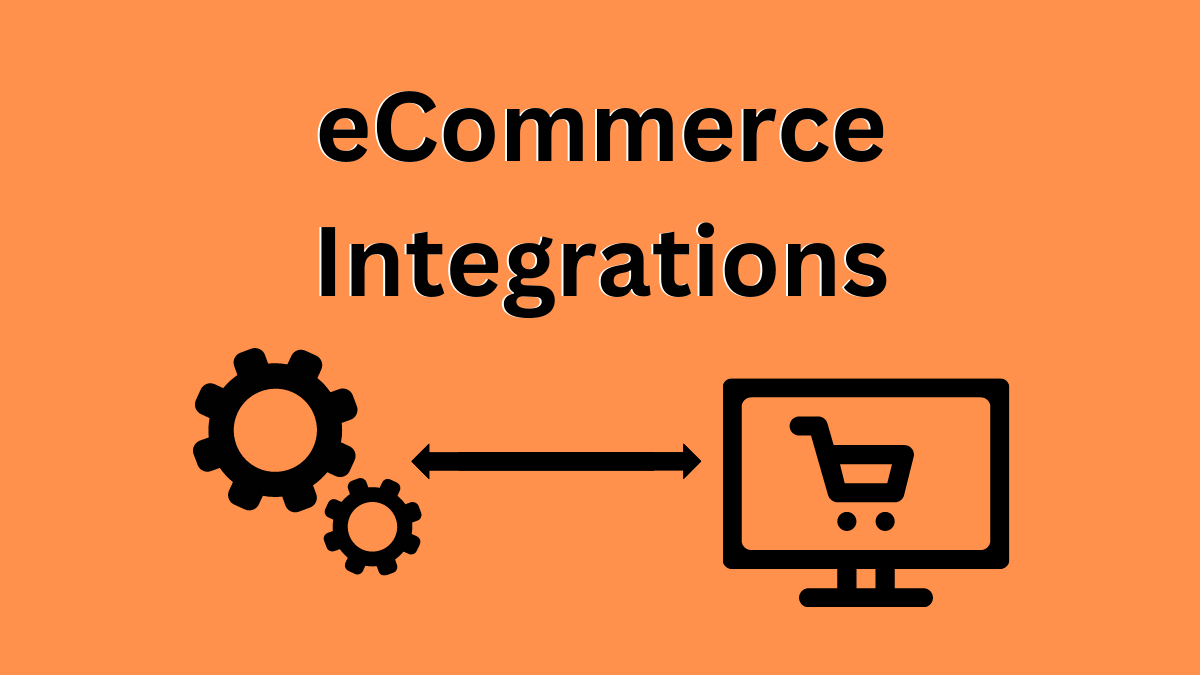Staffing and recruiting are two vital elements of running a successful business. It’s no secret that businesses are only as good as the people that operate them. Therefore, finding, attracting, and retaining top talent should be at the heart of any business owner’s agenda. This article explores the different techniques used by business owners in staffing and recruiting Techniques, from defining needs and goals to conducting targeted talent searches and embracing remote work arrangements.
The Importance of Effective Staffing and Recruiting for Business Owners
Effective staffing and recruiting are crucial for business owners in several ways. They ensure that companies have the right people to deliver on their value proposition and drive growth. The right employees bring in the requisite skill set, experience, and cultural fit to help a business accomplish its objectives.
An effective staffing and recruiting process can significantly improve a company’s retention rates. When the right people are in the right jobs, they’re more likely to be satisfied and engaged, leading to less turnover. This not only saves money on recruitment costs but also maintains consistency and continuity in operations.
Efficient staffing and recruiting Techniques help businesses remain competitive in their industries. In a world where human capital is increasingly becoming a key differentiator, being able to attract, select, and retain the right talent gives businesses an edge over their competitors.
Staffing and recruiting form a significant part of a company’s public image. Companies known for their attractive workplace culture and excellent staff have a competitive advantage in the job market. This positive reputation helps them to attract top-tier talent and can even influence customer decision-making.
Staffing and recruiting practices align with a company’s strategic planning. Businesses need to anticipate future staffing needs based on growth forecasts, succession planning, and industry trends. By integrating staffing and recruiting into strategic planning, businesses can ensure they have the talent in place to meet future demands.
Read Also:
- How to Spy Your Competitors Email Marketing Strategies?
- 7 Best Winning Strategies for Business Growth
- How To Create a Winning B2B SEO Campaign in 2024?
- How To Build a Sales Prospect List To Boost Your Business
- Understanding Relationship Emails in Email Marketing
Defining Your Staffing Needs and Goals
Before initiating the staffing and recruiting process, it’s essential for business owners to define their needs and goals. This involves a thorough understanding of the company’s current and future operations. Having a clear picture of what’s required in terms of human capital allows for more focused and effective recruitment efforts.
One key aspect of defining staffing needs is understanding the company’s business model and strategy. This involves identifying the roles necessary to support the business, the skills and competencies required for each role, and the number of people needed to fulfill these roles effectively.
Furthermore, assessing the current workforce is equally critical. This involves determining if the present employees have the necessary skills or if there are skill gaps that need to be filled. This analysis can also help identify any potential future needs, such as succession planning or talent development.
Future business growth and expansion plans need to be taken into account. If a business plans to expand, it needs to forecast the staffing needs that this expansion will necessitate. Similarly, any predicted changes in the business environment or industry can influence staffing needs and should be considered.
The budget allocated for staffing also plays a significant role in defining staffing needs. This determines the number of vacancies that can be filled, the level of expertise sought, and the compensation packages that can be offered.
Here are things to consider when assessing your company’s staffing needs:
- The strategic direction and growth plans of the company
- Current skills and competencies within the company
- Projected turnover rates and retirement plans
- The budget allocated for staffing
- The competitive landscape and industry trends
- The desired company culture and values
- Legal and regulatory compliance requirements
Resources to Help Businesses Assess and Target Staffing and Recruiting Needs Within the Company
Several resources can help businesses assess and target their staffing and recruiting needs. Job analysis, for instance, can offer detailed information about the tasks, responsibilities, skills, and physical and emotional attributes required for each job role. This can provide a clear picture of the kind of talent needed.
Staffing metrics and analytics can also be a valuable resource. These provide data-driven insights into areas such as recruitment costs, time to fill positions, turnover rates, and employee engagement levels. Such insights can help businesses optimize their staffing and recruiting practices.
Talent management software can automate and streamline staffing and recruiting processes. These tools offer functionalities such as applicant tracking, resume parsing, and interview scheduling. They can also integrate with other HR systems, making the entire process more efficient.
Employee surveys can be used to assess internal talent and identify any potential skill gaps. They can also provide insights into employee engagement and satisfaction, which can inform recruitment and retention strategies.
Businesses should also consider using staffing and recruiting blogs as a resource. These blogs offer expert advice, tips, and trends in the field of recruitment and HR. They can provide businesses with valuable insights into the best practices, technologies, and strategies to use in their staffing and recruiting efforts.
Consulting with HR professionals and recruitment agencies can be beneficial too. They bring a wealth of expertise and can offer tailored solutions to meet a business’s unique staffing and recruiting needs.
Social media platforms and professional networks like LinkedIn can provide access to a vast pool of potential candidates. They can be used to advertise job openings, engage with potential candidates, and build a strong employer brand.
Conducting Targeted and Effective Talent Searches
Conducting targeted and effective talent searches begins with a well-defined job description. This should clearly outline the role’s responsibilities, necessary skills, experience level, and education. A comprehensive job description helps to attract qualified candidates and simplifies the screening process.
Social media platforms, job boards, and professional networking sites like LinkedIn are powerful tools for talent searches. They allow businesses to reach a wider audience, engage with potential candidates, and even headhunt passive talent.
To ensure an effective talent search, businesses should leverage employee referral programs. Current employees can be a valuable source of potential candidates as they understand the company’s culture and values and can refer to like-minded individuals.
Recruitment agencies and headhunters can also play a key role in targeted talent searches. These professionals have the expertise and network to find and attract top talent, particularly for specialized or senior-level roles.
An overlooked aspect of an effective talent search is the candidate experience. Companies should ensure their application process is simple, their communication is prompt and respectful, and their interviews are structured and fair. A positive candidate experience can significantly improve a company’s ability to attract and retain top talent.
Businesses should incorporate data and analytics into their talent searches. Tracking metrics like source of hire, time to hire, and cost per hire can provide valuable insights to optimize the recruiting process.
Embracing Remote and Flexible Work Arrangements
Embracing remote and flexible work arrangements is becoming increasingly important in the staffing and recruiting landscape. The COVID-19 pandemic forced many businesses to adopt remote work, revealing its many benefits and potential for businesses and employees alike.
One significant advantage of remote work is access to a larger talent pool. Geographic limitations are no longer a barrier to hiring, meaning businesses can attract talent from anywhere in the world. This is especially beneficial for roles requiring niche skills or expertise that may be scarce in a company’s local area.
Flexible work arrangements can also increase employee satisfaction and productivity. Employees appreciate the work-life balance that remote and flexible work offers, leading to increased engagement and motivation. Additionally, businesses can save costs related to office space and utilities with remote teams.
However, remote and flexible work arrangements also present new challenges in staffing and recruiting. Businesses must adapt their recruitment strategies to assess candidates’ ability to work independently, manage their time effectively, and use digital communication tools.
Another challenge lies in maintaining company culture and employee engagement in a remote setting. Businesses must find new ways to foster collaboration, connection and a sense of belonging among their remote workforce. Staffing and recruiting are critical to the success and growth of any business. Understanding the importance of effective staffing and recruiting Techniques, defining staffing needs and goals, leveraging resources, conducting targeted talent searches, and embracing remote and flexible work arrangements are all key to building a talented and engaged workforce. In an increasingly competitive and globalized business environment, companies that can attract, select, and retain the right talent will have a competitive edge.






